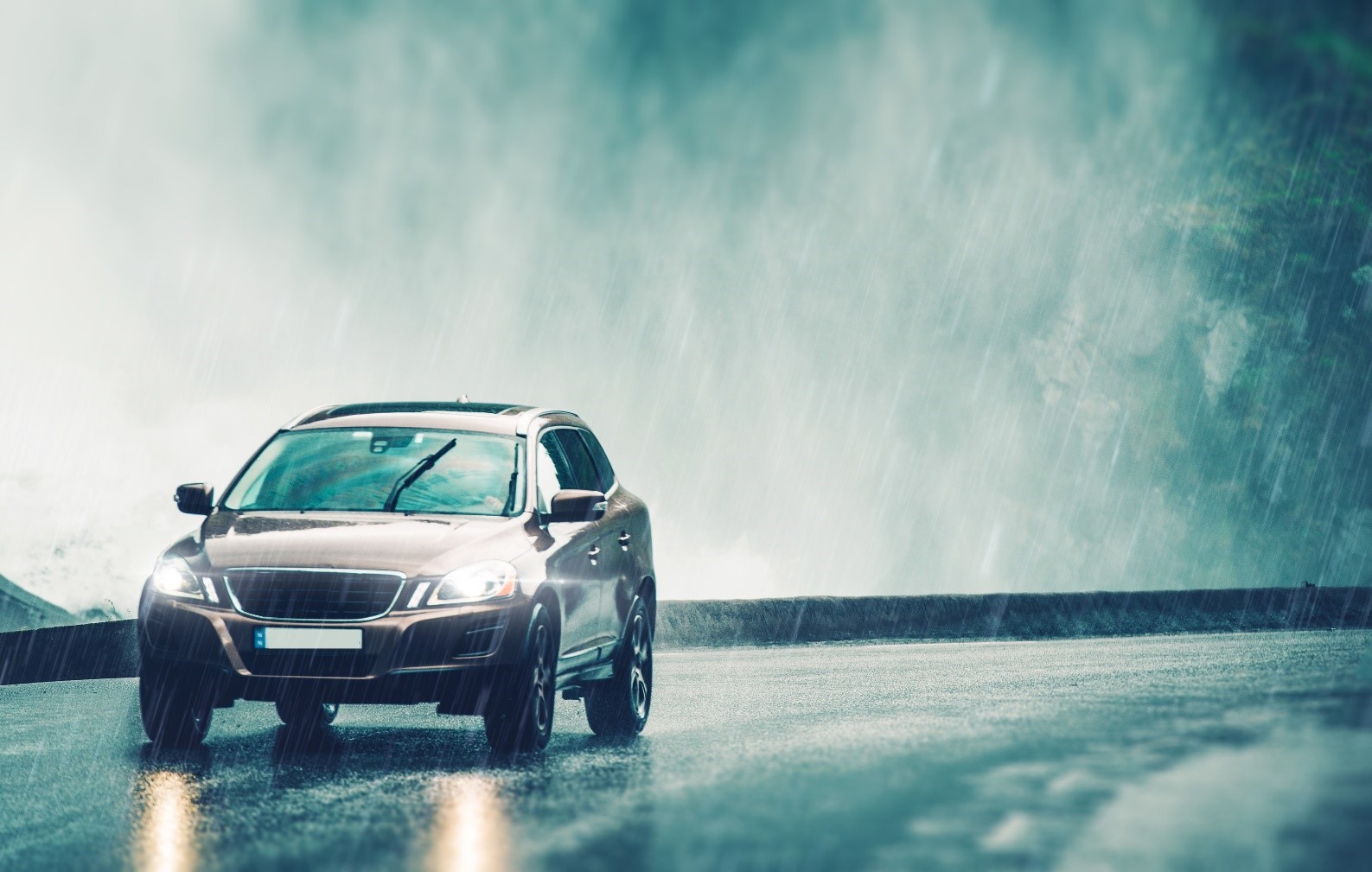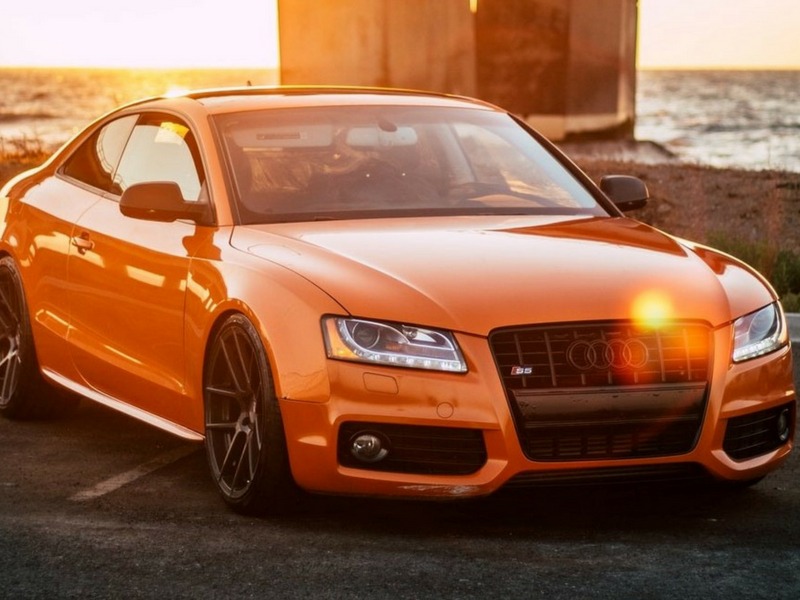One of the most polarizing debates in the history of mankind is the one exploring the following fundamental question relating to human consumerism:
Personalised number plates- Cool or uncool?
No matter which side of the fence you’re on for this one, there is always one, unavoidable constraint. The legality of your plates. But how do you know if your number plate is legal? Well, we have put together this handy set of guidelines to help you with that very question:
5 Guidelines for totally legal number plates
To avoid fines and court cases, make sure your car, caravan and trailer’s plates are legal or suffer the consequences of losing some hard-earning moola.
- Yep, size matters…
Your number plate must be one of the following, – embossed with 75 mm high alphanumerics:
- 520 mm x 113 mm
- 520 mm x 205 mm
- 250 mm x 165 mm
Note: Sometimes vehicles have different front and rear number plate gaps for plates in which case two different number plate sizes will do.
- Marks and fonts
It’s important for your roadster to make his/her mark (the legal way).
- A SABS sticker
- A Certification mark with the name or trademark and batch number of the supplier.
- The right legal number plate font (GE font)
- Sticky number plates
Your number plate should stick to your car like mud to a tyre. Roads don’t always run smoothly and number plates tend to fall off when roads get rough. Don’t leave your plate behind, take ‘em along for the ride.
Don’t use double-sided tape to attach your number plates. By law, number plates must be attached to the carriage with 4 mm rivets or one-way self-tapping screws. If you prefer a holding bracket instead, that’s also okay. Not sure what these words mean?
Note: All vehicles need both front and rear number plates. A motorcycle, however, only needs a rear one.
- Which position?
Okay, so your plates have all the right marks and sit tightly on your car’s booty. But is it really in its rightful place?

If you drive a sedan or a SUV, your number plates should be less than 1.5 m from ground level. The front plate should be in the middle of your bumper or on one side if your car doesn’t allow you to put the plate in the middle. The rear plate must be clearly visible. A second number plate should be added if a bike rack hides the original plate.
- Design
Each province of South Africa (and government vehicles) have different background designs for number plates. Visit the South African Number Plate Association (SANA) to see examples for each province. Anything other than these designs is punishable with a fine. Also remember that no ads are allowed on number plates. Leave the business logos for your car’s doors and boot.
Okay, go check your number plates! If you’ve got a personalised plate, make sure it’s not just personalised it’s also permissible. Remember to renew your number plate every 5 years. It’s the new law!
Read more here
https://www.aa.co.za/insights/is-your-vehicles-number-plate-legal



